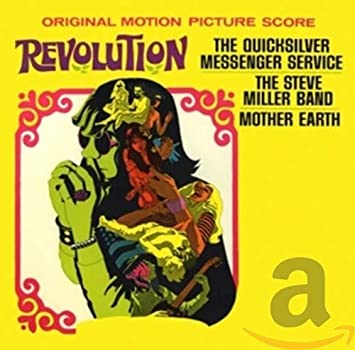Is there much left to learn about early San Francisco psychedelic rock, or indeed 1960s rock in general? Sometimes it doesn’t seem that way, considering the many archival recordings that have become officially and unofficially available. Many memoirs, books, and liner notes have illuminated what was going on behind the scenes as well. But interesting documents do continue to pop up, such as previously uncirculating recordings. A couple that just got into circulation are live tapes of Quicksilver Messenger Service and Steve Miller at the Matrix club in San Francisco that are the earliest recordings of those groups that have surfaced, at least beyond a very tight inner circle.
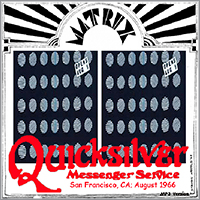
What do they tell us? Well, the tapes don’t present the groups at their best, which shouldn’t be surprising since they’re from very early in their careers and development. As the sound quality isn’t great (though it’s listenable), it’s unlikely they’ll be officially issued. So here are some observations and assessments, especially considering they’re unlikely to be reviewed in depth in many or any other places.
The Quicksilver tape dates from August 9, 1966. Although they wouldn’t release their first album until mid-1968, this isn’t as much as a find as many listeners without deep collections might assume, since there are numerous other concerts in official and unofficial (or quasi-official) circulation from 1967 and even late 1966. A bootleg of a show dated to September 1966 in San Jose has been doing the rounds for (at least according to one source) more than forty years. Another show dated September 4, 1966 from the Fillmore can be heard on wolfgangs.com.
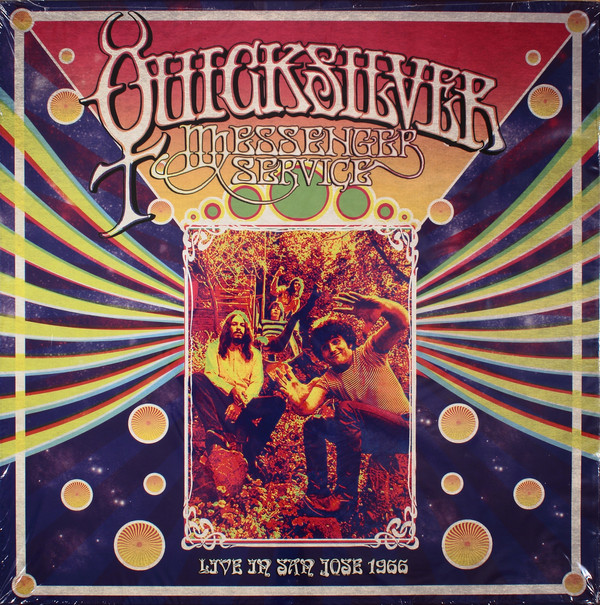
Still, this Matrix tape is from earlier, if only by about a month. The group are a little less polished, and a little more garage, though they were older and more experienced than most garage bands. The set’s dominated by blues-rock covers, with a little bit of folk-rock and rock’n’roll, including some songs (“Mona,” “Pride of Man”) that would be among the most popular of the ones they put on their official ‘60s LPs.
The only surprise of this tape are a few unexpected covers that didn’t seem to survive in their repertoire even until September. There’s a rocked-up folk tune, “My Gal,” which I’m guessing they learned from the version on the Lovin’ Spoonful’s 1965 debut album (and which the Spoonful had been inspired to do by Jim Kweskin & the Jug Band’s version). Their version is spirited, but not as good as the best one – which wasn’t by the Lovin’ Spoonful, but by the mid-‘60s UK group the Sorrows, who gave it a driving fuzz-speckled mod rock treatment.
More unexpectedly, they do Del Shannon’s chart-topping early-‘60s classic “Runaway.” This is the only point on the tape—or indeed any Quicksilver tape—where they sound sort of like a typical high school garage band, and not especially distinctive. Quicksilver’s repertoire was entirely devoted to covers at this point, but most of the covers were either fairly well known blues-rock songs; not-especially-well-known blues/R&B songs; or some with folk origins that also wouldn’t have been well known to either fellow bands or their audiences. Maybe they felt obligated to throw in a famous oldie so some of the youngsters in the audience without tastes as esoteric had something to latch onto, and dance to. Or maybe they just liked the song (which is indeed great), although this isn’t a great version.
Although only “Pride of Man,” “Dino’s Song,” and “Mona” would show up on Quicksilver’s pair of late-‘60s Capitol albums, all of the other songs do (unlike “My Gal” and “Runaway,” to my knowledge) appear on other circulating live or studio recordings. Some are very well-traveled classics done by many people (“Got My Mojo Working,” “Smokestack Lightning,” “Suzy Q,” “You Don’t Love Me,” “Hoochie Coochie Man”). Some are rather arcane, particularly “Dandelion” and “Hair Like Sunshine,” both taken from jazzman Jack Sheldon’s 1962 Out! album. In Quicksilver’s hands, these become rather routine blues-rockers, though at least it makes for something different and not found even on many other QMS tapes.
Also here is Tarheel Slim’s “It’s Too Late,” a moody minor-keyed blues/R&B tunes that was one of their better obscure covers in their early sets. Here’s the place to note that, even on some official Quicksilver releases, this is persistently mistitled “I Hear You Knockin,’” and the composition miscredited to Dave Bartholomew & Pearl King. Bartholomew and King did co-write the song called “I Hear You Knockin’” that was a big R&B hit for Smiley Lewis in 1955, and then a big pop hit for Dave Edmunds in 1970. But although the phrase “I hear you knocking” is a major part of the lyric of “It’s Too Late,” the Tarheel Slim original, released (billed to Tarheel Slim and Little Ann) in 1959, is an entirely different song.
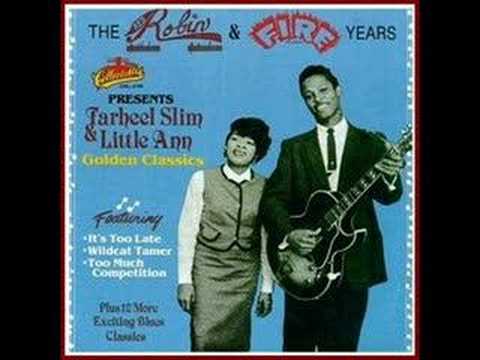
While the following opinion is not universal and indeed not welcomed by some Quicksilver enthusiasts, although I’m a general fan of the group in its ‘60s incarnations, I think their primary strengths were as instrumentalists (especially guitarist John Cipollina) and interpreters. Their strengths were not as songwriters—actually they didn’t write that much at all, and nothing on this tape—or singers. And their strengths came through best on their more unusual folk-rock covers—particularly “Pride of Man” Dino Valenti’s “Dino’s Song” (both featured on their 1968 debut LP) and “Babe, I’m Gonna Leave You” (which appeared on the Revolution movie soundtrack LP), of the songs here—and some of their more exotic outings that allowed them to stretch out instrumentally, particularly “Gold and Silver” (which isn’t here).
On this August 1966 tape, their strengths don’t come through as well as they would in later recordings, in part because some of their best songs aren’t present, and in part simply because they understandably became more polished and proficient as they gained experience. As a straight blues-rock group, they usually weren’t anything special, and certainly not as good or imaginative as the best British ones of the time, though it might have been exciting to people in their audiences who had seldom or never heard such material live. But hey, it’s still good to hear as a glimpse into history that slightly predates what had been the official record, though the sound quality’s kind of tinny.
The Steve Miller tape from the Matrix was recorded almost half a year later, on January 27, 1967. Like Quicksilver, Miller didn’t have his first album (which was also on Capitol) released until mid-1968. There’s not as much pre-first LP live Miller in circulation, and this dates from before Boz Scaggs joined his band. So you’d think this might be interesting, and certainly different from Children of Future. It is different, but not as interesting as you might hope.
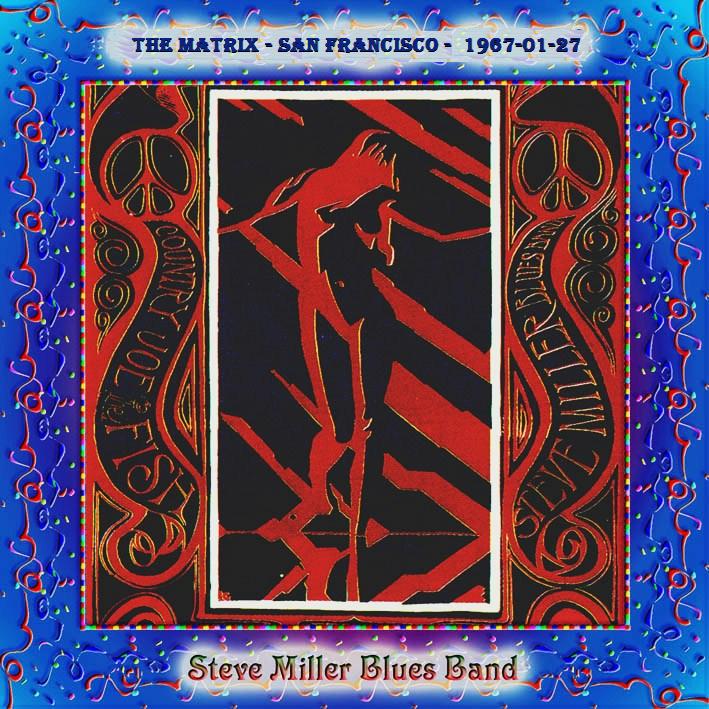
While Miller was already a proficient guitarist, and perhaps in some ways more experienced and skilled (certainly at electric guitar) than some of his San Francisco peers on the instrument, he wasn’t among the most imaginative musicians on the scene. I admit I’m not as big a fan of the Miller band as I am of Quicksilver, but some of the same reservations apply. At this point, they were largely doing electric blues-rock, and not nearly as compellingly as the best British bands based in that style. The singing is only adequate, and there’s not much in the way of interesting original material.
Among the more familiar tunes are K.C. Douglas’s “Mercury Blues,” which way down the liner would be on Miler’s Fly Like An Eagle hit album; “Junior Saw It Happen,” which would be on Children of the Future in a much more polished arrangement; and their hyper take on Isley Brothers’ “Your Old Lady,” which they played on the soundtrack LP of Revolution. But they still seem in search of a repertoire, with improvisation-oriented instrumentals taking up much of the tape. The final instrumental, in fact, lasts a good 23 minutes of so.
But for all its length (and it is too long), that instrumental is the most interesting and original excerpt from this performance. Perhaps influenced by the Paul Butterfield Blues Band’s “East-West”—Miller had spent time in Chicago and likely would have been aware of that 13-minute psychedelic instrumental, and certainly aware of the group—it has catchy jazzy changes and rhythms, and escapes the rigid blues format for the most part. Miller also experiments with extended rapid raga-ish solos and distorted sustain, and pretty effectively. Like Quicksilver, and many other groups with a blues-rock base, they were best when reaching for something more original and less imitative. It’s the strongest hint that they had something more to offer than competent electric blues-rock.
Like the August 1966 Quicksilver performance, it seems doubtful this will get lined up for official release, in part because it too has somewhat (although not terribly) thin audio quality. Many shows, incidentally, were recorded at the Matrix, not just by San Francisco Bay Area acts, but touring out-of-town ones as well. And only the albums derived from 1966 shows by the Great Society (Grace Slick’s pre-Jefferson Airplane group) and 1969 gigs by the Velvet Underground are really great—not just for their historical significance, but mainly for the actual music. Although good official archival releases of early-’67 Doors and early-’68 Jefferson Airplane at the Matrix are also available, much of the rest I’ve heard is more of historical value than sheer musical entertainment. Which is fine—there’s room for history lessons as well as fine sounds in archival tapes, and they’re worth writing about in posts like these.
